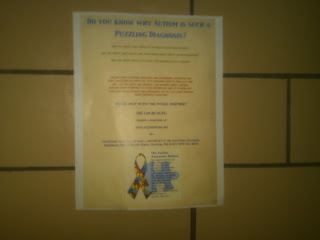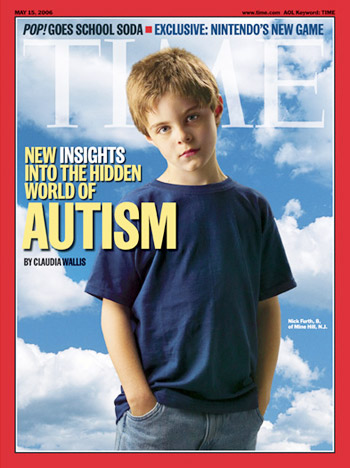Assignment 7A
What is critical attributes strategy?
This teaching strategy focuses on the prevention of students miscommunication procedural knowledge taught to them. It is important that students take away important elements to a lesson without any form of misconception. “Every issue or topic has critical, as opposed to noncritical attributes”(42). Using this strategy will lead to the most beneficial and accurate knowledge and concept skills when it comes to decision making.
Develop a critical attributes list of the concepts in your current event topic. List content, definitions, examples
Topic: Solving the Autism Puzzle
1.) What causes autism is still unknown.
- There is a big misconception about the causes of Autism, there have been some studies, and new ideas but the truth is, we still don’t know.
2.) There is no cure for autism.
3.) There is a very wide “Autism spectrum”.
-The spectrum ranges from High Functioning to low functioning, with a few other diseases along the spectrum such as aspbergers syndrome.
4.) Some people with Autism function as any other person, and some people are completely dysfunctional.
Alot of people don’t understand the depth to Autism. There are so many loopholes that it involves. Would you ever be able to guess that there is someone in our class with autism? Probably not, but most people, would be surprised to find this out.
Critical Attributes | Non-Critical Attributes |
We still don’t know for sure what causes Autism. |
|
The sooner the better. Children show signs of Autism as early as 18 months old. | Most people think that their children can’t be diagnosed until the age of three. |
The Spectrum is diverse, wide, and can range quite drastically.
| All people with Autism are severely mentally disabled. |
Autistic Children are the smartest children. They just have trouble socially. |
|
What is your level of passion in this topic and/or your detached objectivity?
As a future teacher, statistics show that there will be several times throughout my career where I will have a student who has been placed on the spectrum. It is important to me to fully understand the disease, and how to help fight for a cure. When I am faced with a student who is Autistic, I want to be able to fully understand what he or she is going through, and to be more understanding when they have trouble.
Do you think a level of passion gets you more fired up to want to learn it? HOw can this be tempered and harnessed at the same time? (Duplass pg.41 and reference to topic 3 on social emotional learning) explain.
Being passionate certainly makes you more fired up about a certain topic. Until I was enrolled in teaching courses, every other extra course was so boring and miserable for me. now that I'm studying something I have passion for, I love it. Creating a classroom that is both passionate and tempered could be tricky. According to Duplass, being thoughtful, and to stimulate passion by getting your students to inquire about a topic and to act on their inquiry.
How can you avoid a discussion in your classroom becoming a debate? (bottom page 41)
You can avoid a discussion becoming a debate simply by, not disagreeing with any of your students beliefs. No matter what they say, we should be sympathetic and appreciate their point of view. Also, the teachers job is to teach students all the different beliefs and aspects of a particular topic. This will encourage the children to think for their own, and believe what they feel is right.
Take the four challenges, and develop four questions you would ask to facilitate a discussion in our class on Tuesday on your topic.
1.) I consider myself to be a republican. This is something I can expect most of my students will not understand. How can I adapt to this?
2.) How can I create a democratic classroom?
3.) How can I teach my students not to listen to what their parents say about politics, but to be their own person, do their own research, and base their opinions on that?







